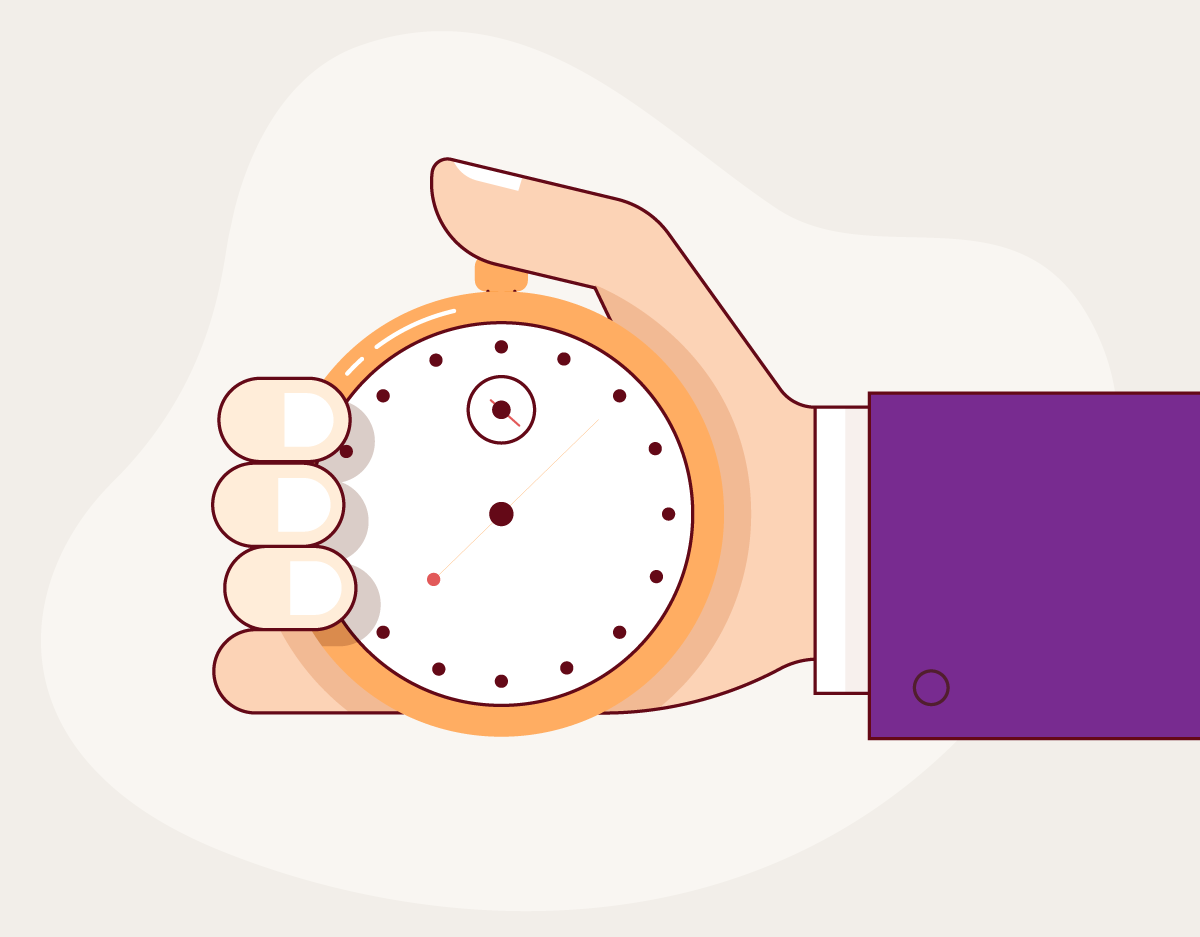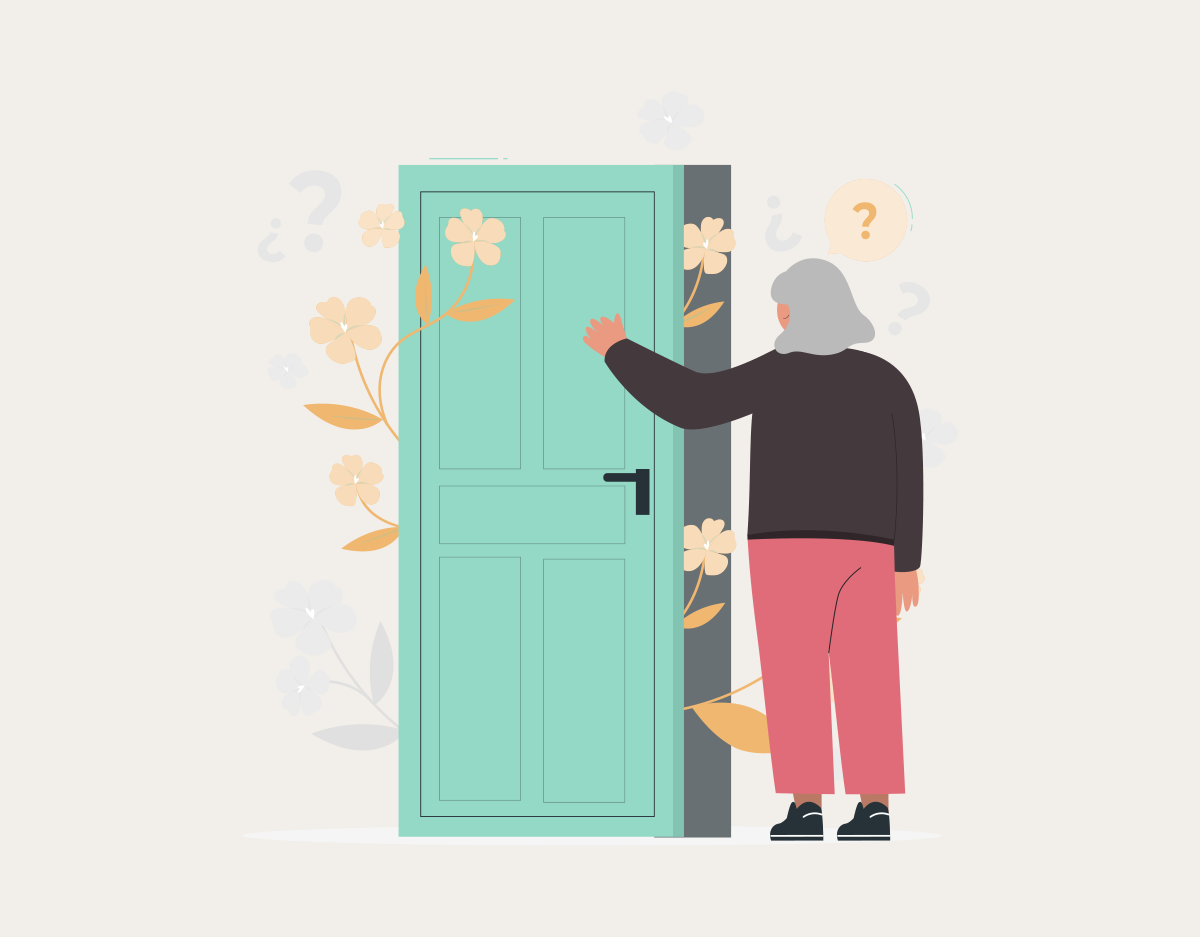How Long Will I Be in Therapy?
By: Susan Somogyi
Some people reach out for therapy with the assumption that they will need years of help, because their problems feel so big. Others come in thinking they’ll try a session or two and realize they want to dig in deeper and stay for the long term. Both expectations are understandable, and both can shift once therapy begins.
There’s no standard timeline for healing or change. It depends on what you’re facing, what you want to get out of therapy, and the resources available to you.
A good place to start is with a single session. Many people find it gives them what they need for now. Others use it as a first step toward longer-term support. If you continue beyond that, the frequency of sessions is something you and your therapist will decide together. Some people prefer weekly sessions to keep the momentum. Others need more time between sessions to think about and apply what they’re learning. There’s no right way, just what works best for you. Your therapist’s availability, your own schedule and life demands will shape this plan. But so will funding.
Access to long-term, fully funded therapy is rare. Most employee benefit programs have a set dollar amount or number of sessions. On average, this is typically about six sessions a year. Many people find this is enough to build skills, gain clarity, and make progress.
For those who need support beyond what is funded and can pay out of pocket, there are options. But for those without benefits or the means to pay, it is challenging. The only option may be to do the work in pieces. This means using what’s available, stepping back to practice on your own, and returning later to start all over again. This can still lead to meaningful progress, even if it’s not continuous.
What matters most is getting started. Whether it’s one session, six, or sixty, therapy works best when you’re ready to engage with the process. It’s about building the life you want, resolving what’s holding you back, and doing it at a pace that fits your reality.
It’s not always linear. It’s not always easy. But with the right support, good therapy is worth the effort.















